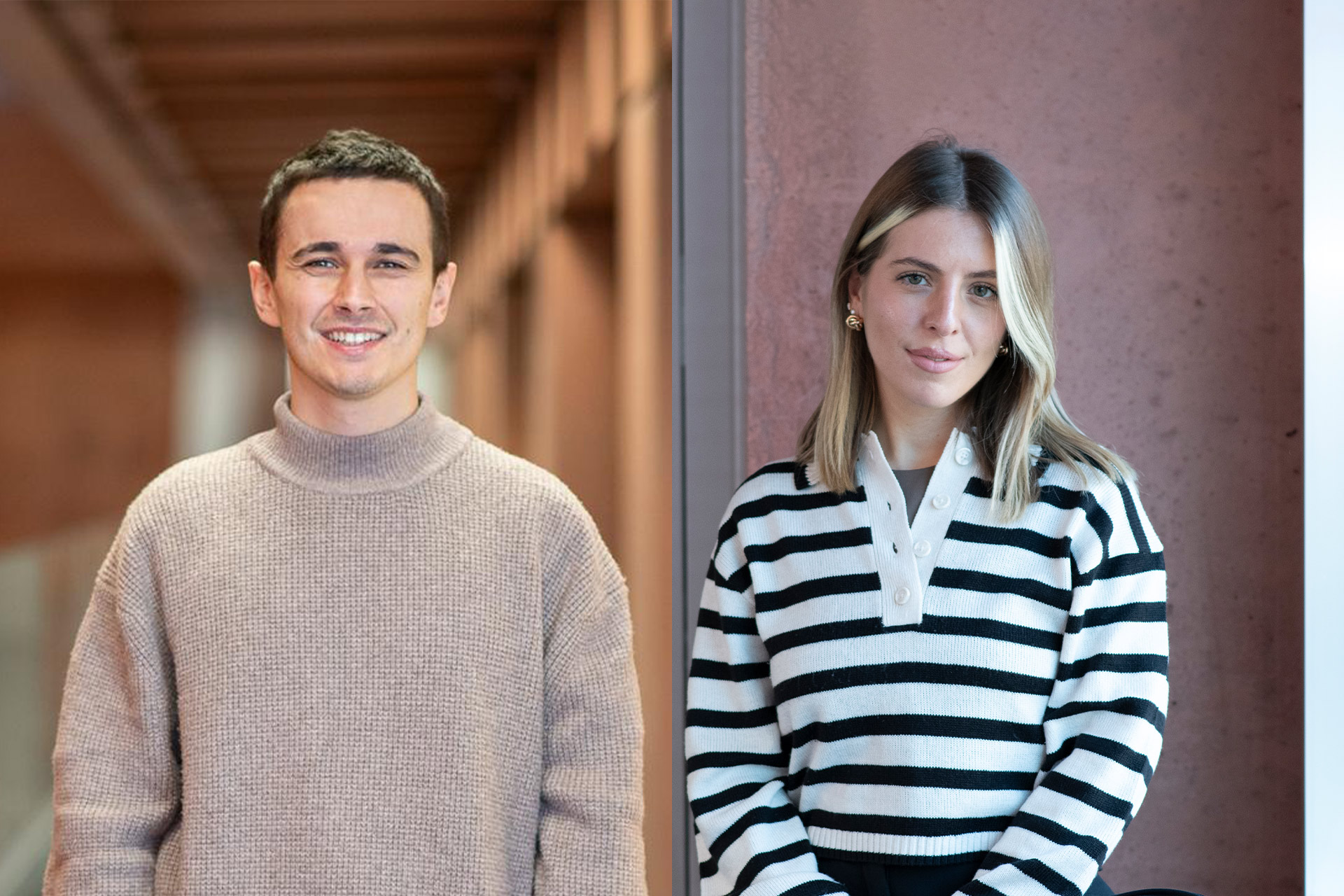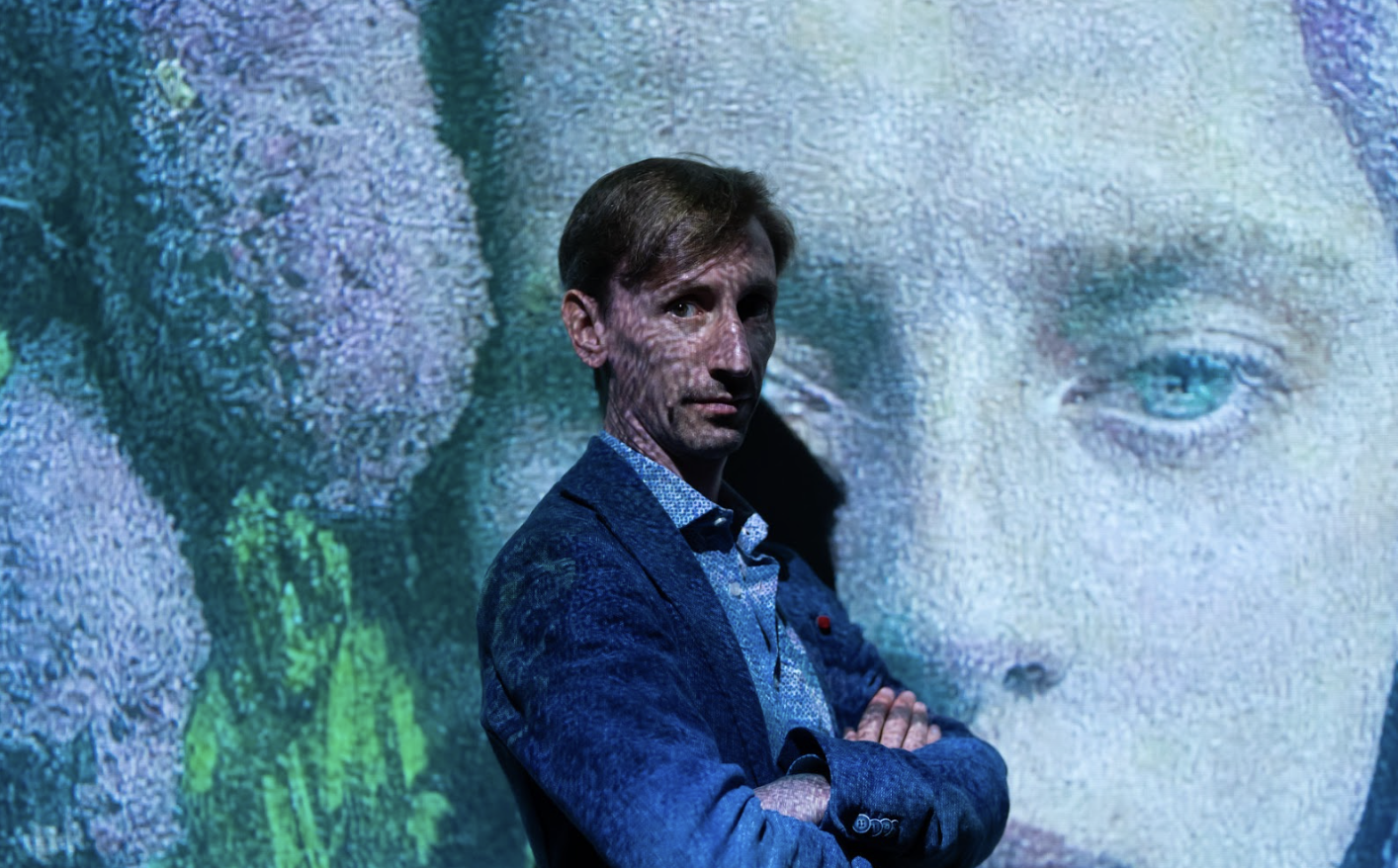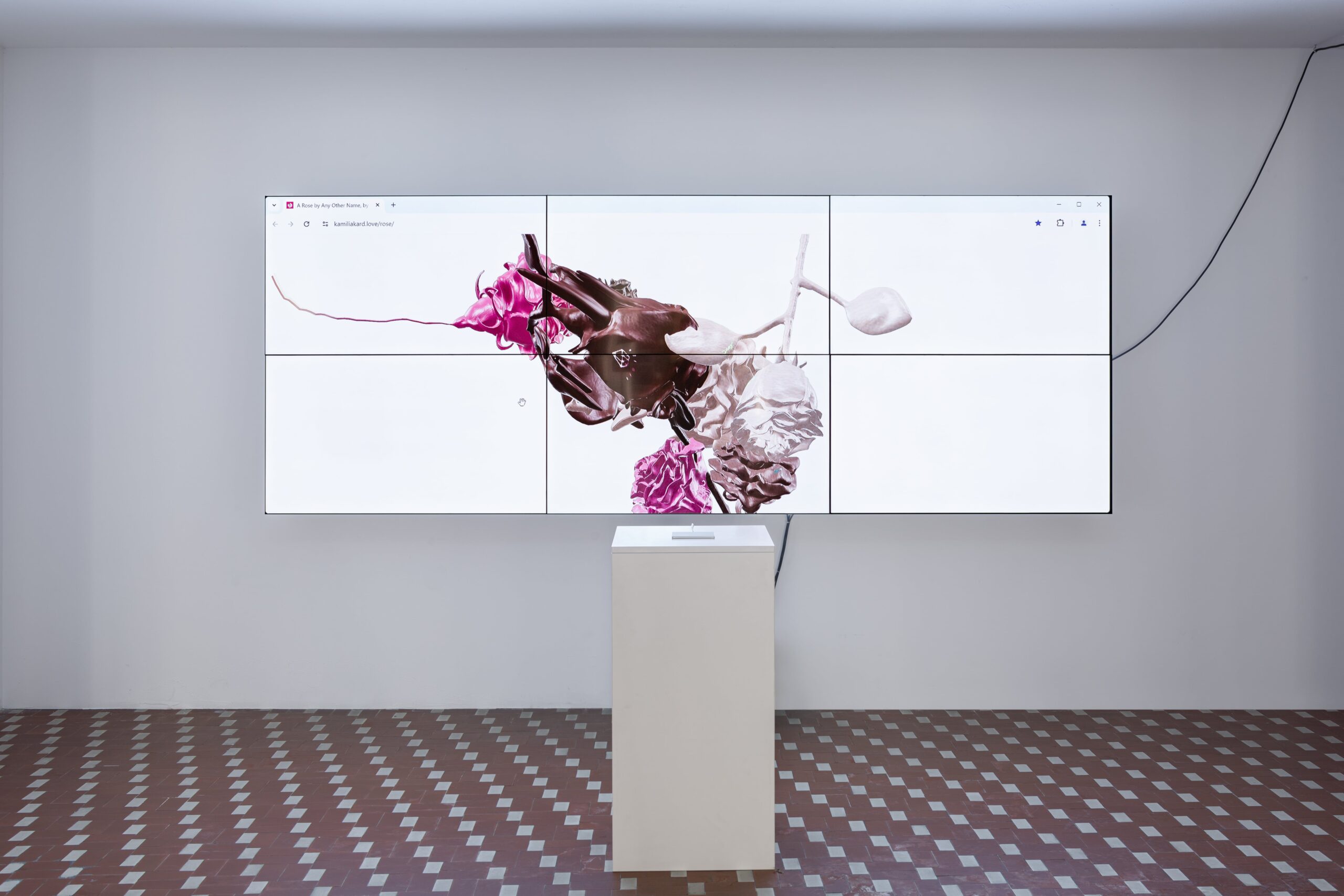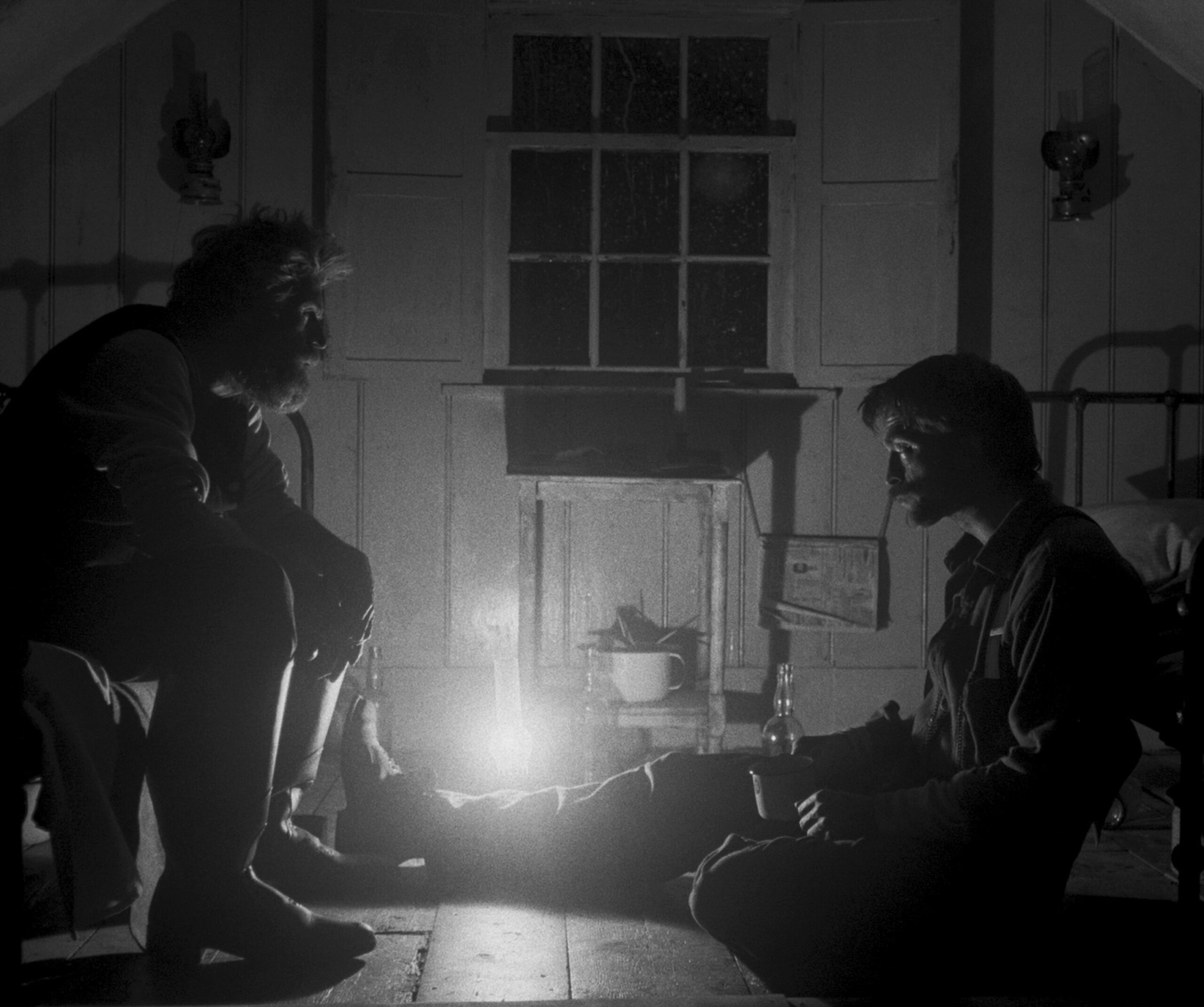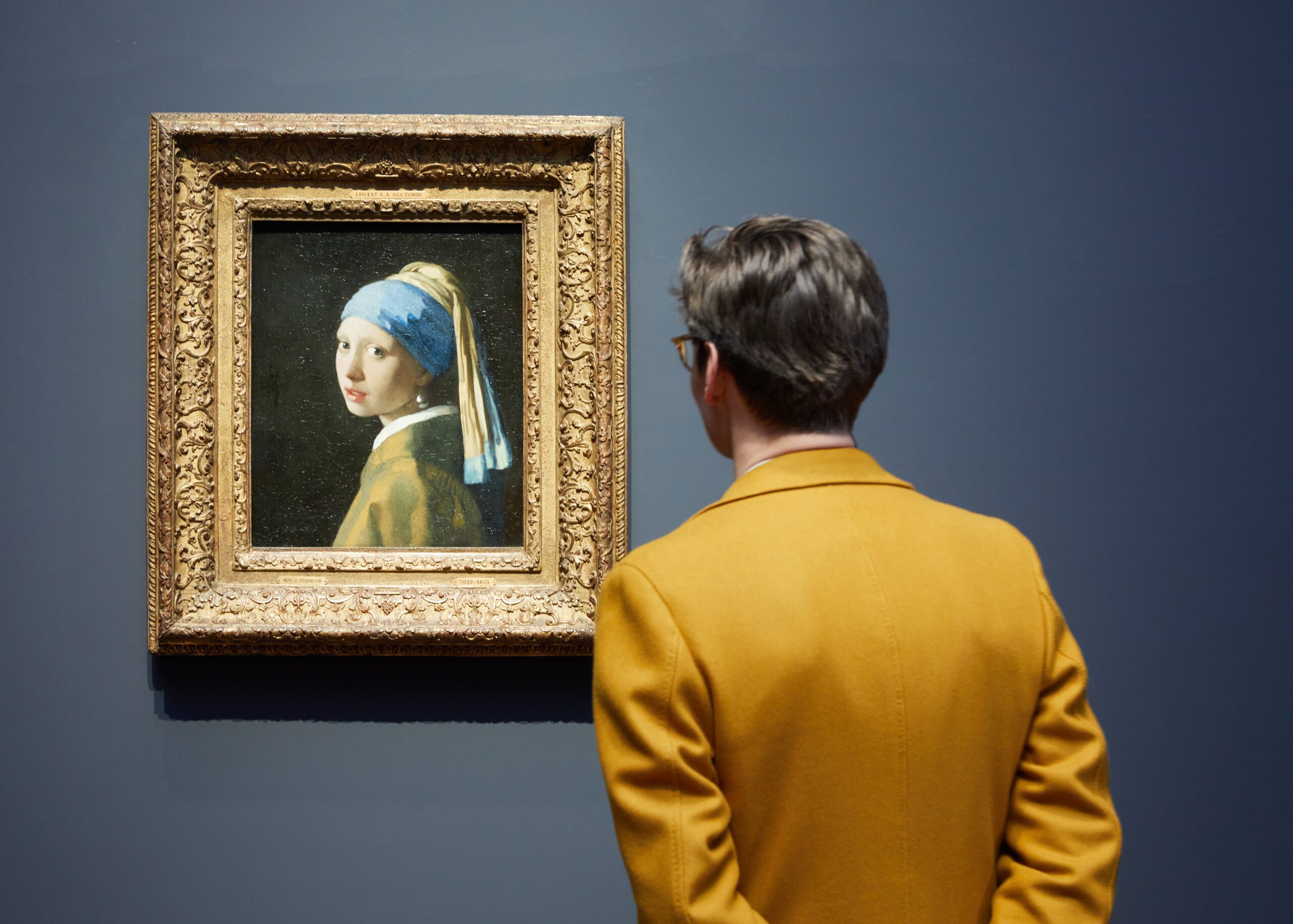Volkwin Marg and Meinhard von Gerkan, founding partners of gmp studio – courtesy of gmp
GMP is an architecture firm with over 50 years of experience, founded by German architects Meinhard von Gerkan and Volkwin Marg. The team span all continents, varying in scale and cultural context—from family residences to stadiums—and addresses global challenges related to urbanization, digitalization, and mobility. When designing stadiums and large event venues, lighting becomes a critical element in the planning process.
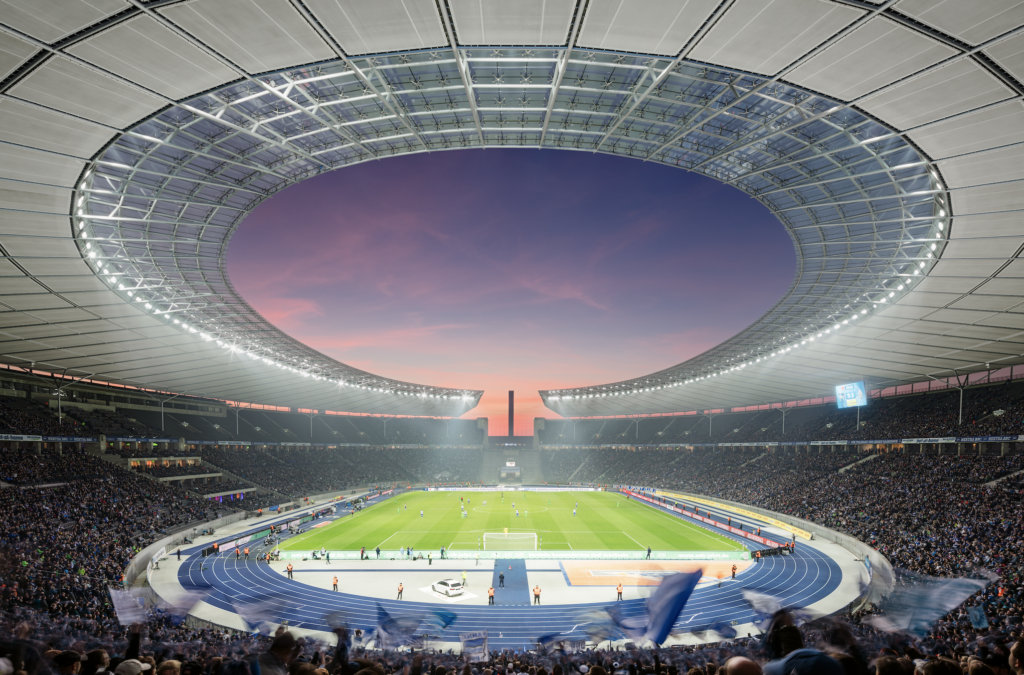
When designing a venue for events, what lighting strategies are employed to address the different functions and versatility required by the space?
«Lighting is an integral and essential part of our design philosophy. Our goal is to ensure that the lighting seamlessly complements the architecture, highlighting and amplifying the project’s key features. Sports venues are gathering places for thousands of people, but they also serve as stages for emotions, and lighting plays a key role in shaping the overall experience. On the one hand, light must ensure safe navigation for spectators, subliminally guide crowds and improve the well-being and comfort of all users. On the other hand, spotlights provide the necessary illumination for optimal visibility of the sporting event and high-definition media broadcasting. Also, lighting systems create different atmospheres and highlight the architectural qualities of the space».
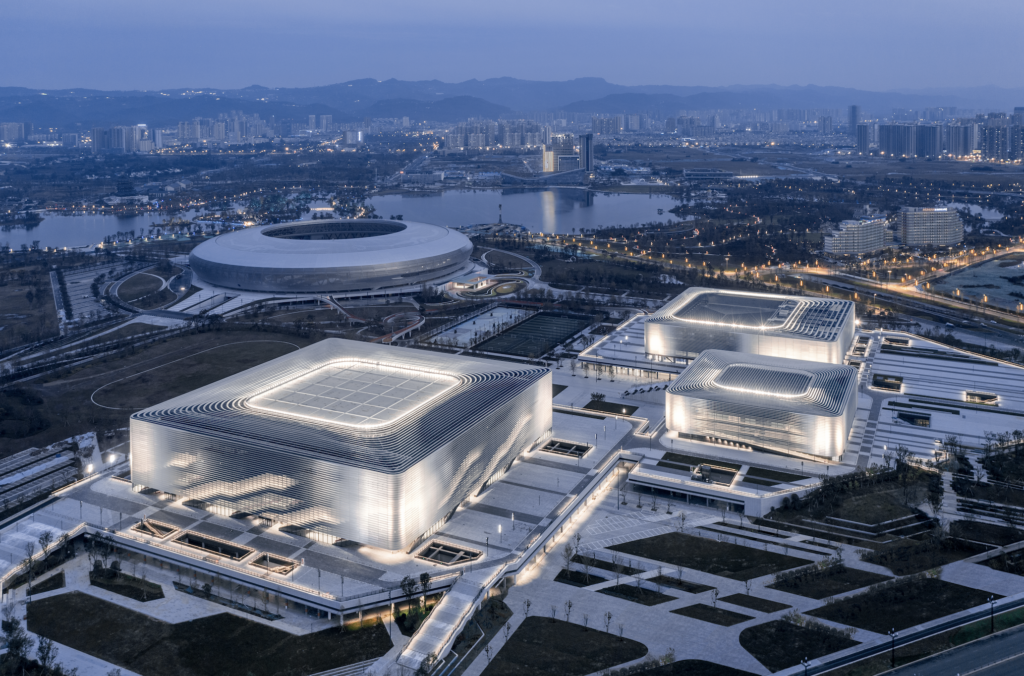
When considering a stadium that can host events like the Olympics, what characteristics must the lighting systems have?
«Olympic stadiums, as well as those hosting the FIFA World Cup, are globally broadcasted and often become iconic symbols of the event or host city. These structures are the most public buildings within the urban fabric, but they also serve as emotional epicentres, showcasing the interaction between individuals and crowds. This makes stadiums a fascinating typology for us architects, and light is one of the most powerful features of these iconic buildings. In our projects, lighting design specialists are involved from the very beginning to create exceptional and distinctive solutions for the most emblematic landmarks. For many stadium projects, for instance, the combination of membrane and lighting allows for spectacular yet efficient solutions. This was the case with the renovation of the Montreal Olympic Stadium, where the new interior roof will feature a backlit membrane providing indirect lighting, visually dematerializing the structure, along with skylights. This will be a radical change for the interior, which for the past 45 years has been a closed and dark space».
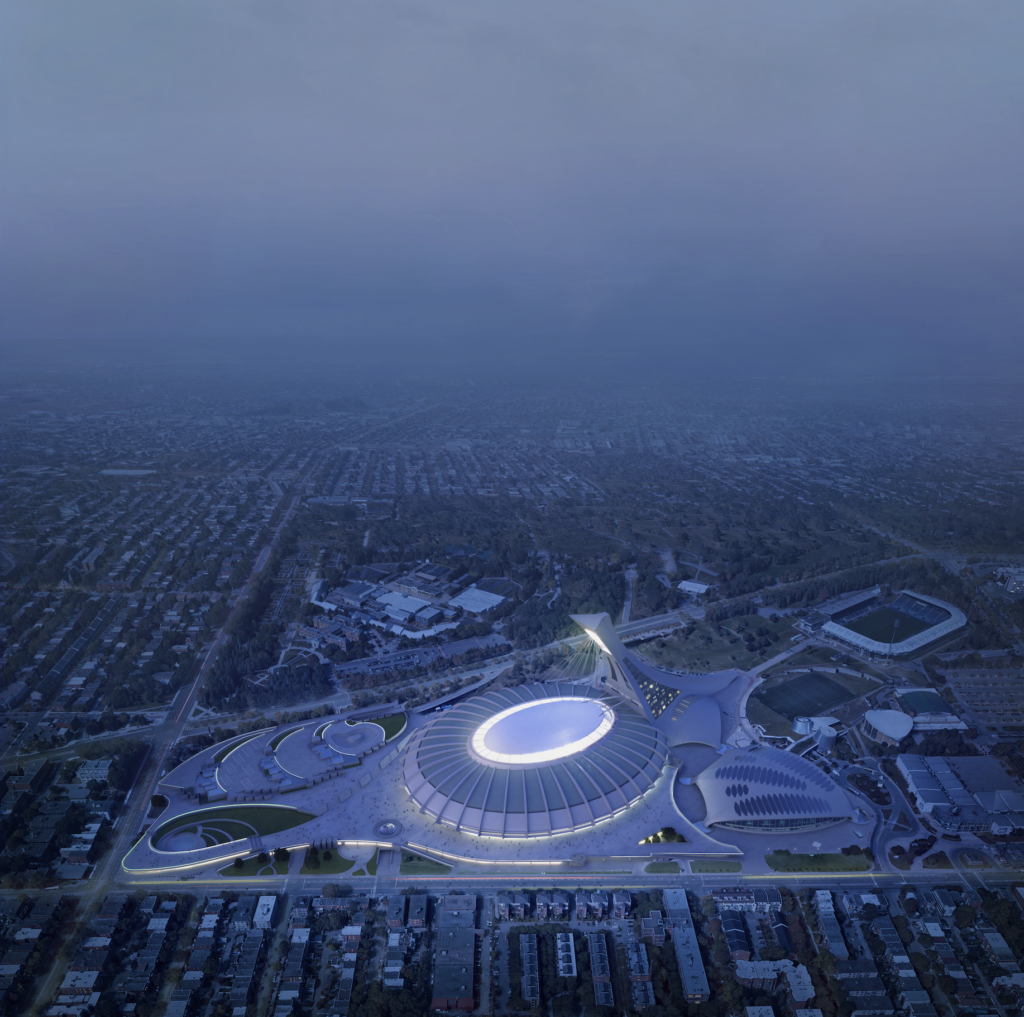
The Wuxi Sports Center in China is one of the city’s pilot projects aimed at reducing greenhouse gas emissions and increasing climate resilience. What lighting solutions have been implemented?
«The design of the Wuxi Olympic Sports Center focuses on energy savings and minimizing technical elements, such as combining facade and landscape lighting, reducing the number of fixtures by more than 50%. The system is managed by an intelligent control program to maximize energy savings using low-consumption LED units produced in Wuxi. The facade is also clad with a translucent membrane that creates a functional symbiosis between the facade lighting and the platform lighting».
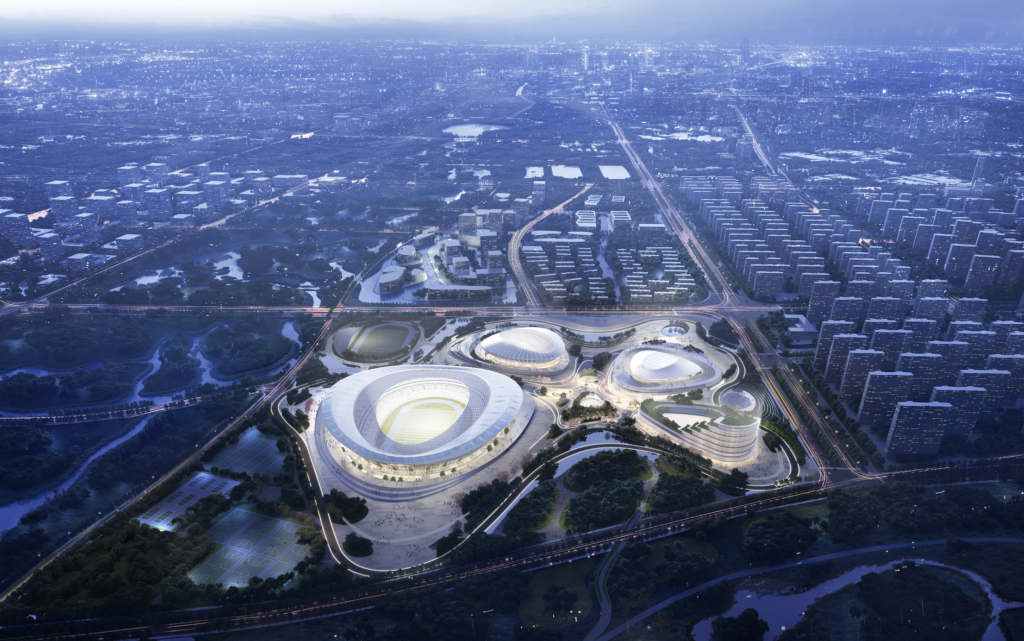
Given the scale of this type of architecture, light pollution—where artificial light illuminates unwanted areas—can become an issue. What solutions do you implement to address this in your projects?
«Lighting must be purposeful and targeted. But stadiums are also very dynamic buildings. One moment they host thousands of cheering people, and the next they are almost empty. The lighting effect that might be appropriate for a specific moment—like a goal celebration—may not be suitable for everyday scenarios. It’s never just about the light itself but rather the surfaces or elements the architect wants to emphasize or conceal. This is why we develop controlled lighting scenarios that allow our buildings to interact with users and the urban context without dominating the surrounding environment».
